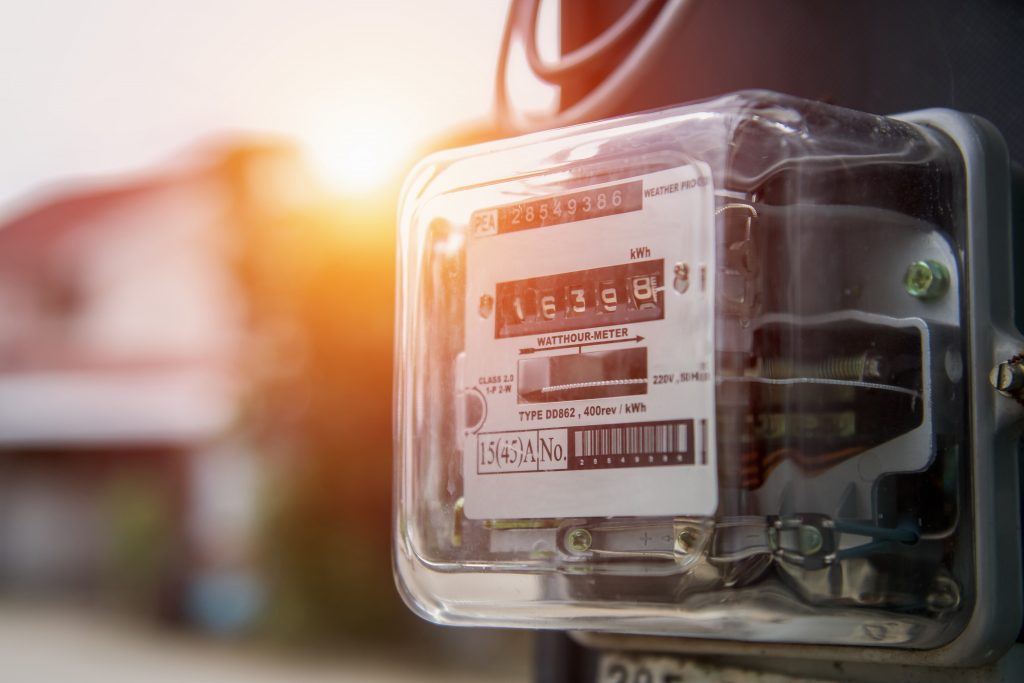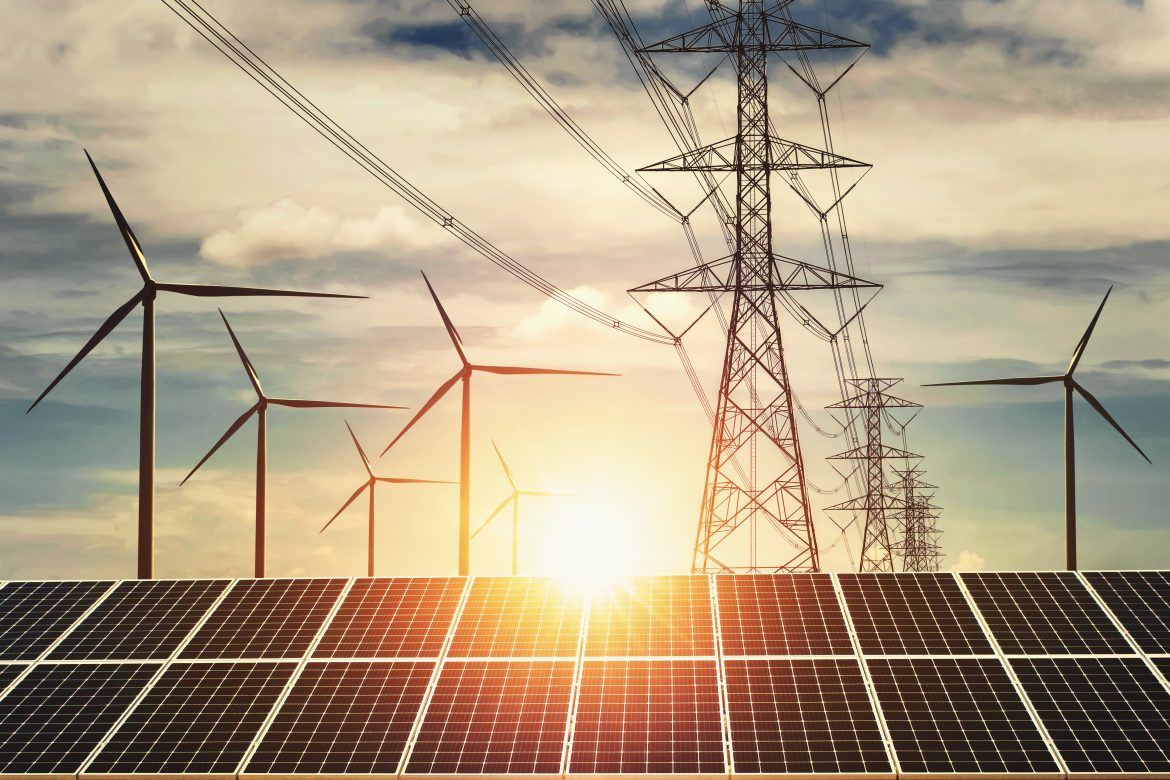This article was written by Artur Meyster.
Technology is taking over many parts of our lives, and all sectors use it to try and optimize their operations. The renewable energy industry stands to improve a lot with developments in new technologies. This industry has a lot of obstacles to overcome before becoming the main energy source in the world. One of the reasons it hasn’t been implemented in big cities like Chicago is the lack of reliability.
New technologies are striving to improve issues like energy storage. It is no wonder the industry is expected to be worth $1,512.3 billion by 2025. The renewable energy sector is changing between new solutions for creating, storing, and monitoring energy. Here are 3 ways how new technologies are changing the renewable energy sector in 2021.
Energy Storage

One of the main issues with renewable energies has always been storage. These energies— like solar, wind, and water—are always dependent on climate. And they can generate energy under ideal conditions. But the climate changes all the time. For example, a house powered by solar may have energy during the day, but at night, when electricity is most needed, the solar panels won’t work. The same happens with wind turbines.
That’s why they have to store the energy when the conditions are ideal to be able to use it when there is no sun, wind, or tide. A new storage method that could bring an end to this issue is storing the energy in the form of height. Companies can use the extra energy from where the renewable system is at its ideal performance to stack 35-ton blocks in a tower.
They can then generate the energy back when needed by using the kinetic energy of each block falling to the ground. Another new method of storing energy is by using hydrogen. The process consists of using the renewable system’s extra energy to separate the hydrogen from water. The hydrogen cells accumulate the energy that can be later released. It’s one of the most promising alternatives because it only leaves water as residue.
Blockchain

Blockchain has been around for about a decade, but only since a few years ago it has become a popular technology. It started with the Bitcoin boom back in 2009, and it was what everyone was talking about when the cryptocurrency reached $19,000 in 2017. But blockchain technology has a lot of potential applications besides cryptocurrency.
Software engineers have been working with Bitcoin technologies to create decentralized platforms more secure than anything made before. The renewable energy sectors stand to benefit from this. One of the ways renewable energies can be more effective is by being decentralized. If each little town, house, or building has its own power production system, they will be able to produce enough for their operations and give the extra.
Blockchain will allow them to build what are called smart grids. Each user of the grid will be able to buy or sell energy as they need. For example, a grid can have one electricity provider, several ones, and some buildings. Each one will have its own renewable energy production set up. If they need more energy, the solution is to buy it from the grid; if they have extra, they only need to sell it.
Recently, the first use of Blockchain in renewables was announced. RENeW Nexus found that peer-to-peer-based solar energy is feasible after a test conducted on 48 households in Western Australia.
The project, funded by the Smart Cities initiative of the Australian government, runs on blockchain tech developed by Power Ledger, a software company that facilitates electricity and environmental commodity trading through blockchain technology. For this project in particular, Power Ledger’s blockchain platform enables consumers to trade solar energy and set electricity prices. As part of the project, a virtual power plant that stores excess solar units has been set up.
The same company has allowed residents in a new apartment complex in Western Australia to save 50 percent on their annual strata levies under a renewable energy partnership with the developer. Apartment owners will be able to sell the excess solar energy they generate back to the 670-kWh on-site battery using Power Ledger’s energy trading platform. During peak demand, they can buy back electricity from the battery at an agreed price.
Internet of Energy

The Internet of Things refers to the interconnection between different devices and sensors through the Internet that allows us to monitor systems. It is the same in terms of energy, but they are devices that will allow us to monitor renewable energy systems. The constant monitoring will generate tons of data that data scientists can analyze to find how to optimize the process.
The Internet of Energy allows companies to monitor already existing renewable energy systems and optimize them. The insights can also enable engineers to improve future designs, and it could even bring new discoveries. These technologies can also help in lowering energy consumption. Big factories, enterprises, and even small houses could use the Internet of Energy to find ways to reduce their energy consumption.
In Summary
Three of the developments that impact the renewable energy sector are new energy storing methods, blockchain platforms, and the Internet of Energy. All these will work together to increase efficiency and make renewable energies the main source of power for the world. They will also work in tandem with other technologies like machine learning and quantum computers.
 Food
Food Farmers
Farmers Sustainable Living
Sustainable Living Living Planet
Living Planet News
News